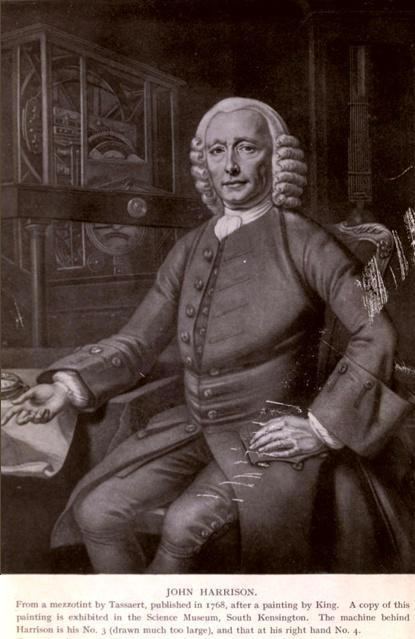Name John Lombe | ||
 | ||
Died November 20, 1722, Derby, United Kingdom | ||
John Lombe (Norwich, 1693 - Derby, November 20, 1722) was a silk spinner in the 18th century Derby, England.
Contents
Biography
Lombe was born in Norwich in approximately 1693, the son of a worsted weaver. He was a younger half-brother of Thomas Lombe, who after his death, would go on to amass a fortune as a silk merchant in Norwich and London.
In the early 18th century, the centre for producing silk stockings by framework knitting had moved to the Midlands from London and the demand for spun silk was outstripping demand.
Thomas Lombe's brother John had obtained employment at an abortive silk mill built in Derby by the well-known inventor and engineer George Sorocold for the silk "spinner" Thomas Cotchett of Derby. The mill was built on the River Derwent in the city of Derby. It may have been the first instance of workers being gathered under one roof to work machinery driven by an inanimate power source.
The Italians had been using power spinning since the early 15th century, with a description published by Vittorio Zonca. Leonardo da Vinci had sketched a similar model, but Zonca's was more complete; it is unknown if there was contact. John was sent by his brother to investigate the Italian machines spinning fine organzine thread. Organzine are raw silk warp threads and are essential for weaving fine silk cloth. As the story goes, he obtained employment at one of the Italian shops where the secret silk-throwing machinery was used. He stole into the shops at night and carefully diagrammed them by candlelight. He then brought the designs back to England in 1716.
Silk spinning patent
In 1718, Thomas Lombe was able to obtain a patent, which stated that it was for:
"three sorts of engines never before made or used within this our Kingdom of Great Britain, one to wind finest raw silk, another to spin and the other to twist the finest Italian raw silk into organzine in great perfection which was never before done in this our Kingdom, by which means many thousand families of our subjects may be constantly employed in Great Britain, be furnished with silks of all sorts of the manufacture of our subjects, and great quantities exported into foreign parts by being made as good and cheap as any foreign silk can be."
The patent was granted for fourteen years.
Lombe's Mill
He engaged Sorocold to build a new larger mill on the site of the old one in Derby. Lombe's Mill was completed in 1722, the year of John's death. John died suddenly. According to legend, the King of Sardinia, having heard of the success of the Lombe’s undertaking, instructed a female assassin to travel to England to kill the brothers. He is suspected to have been poisoned by a "suspicious" woman, presumably from Italy, who had appeared shortly before his death.
Thomas Lombe was knighted in 1727. In 1732 the patent expired and his request for an extension was turned down. It was arguably the first successful powered continuous production unit in the world; a prototype for Richard Arkwright's later cotton mill at Cromford and the Derwent Valley Mills which marked the beginning of the factory system.
In recognition of his achievement he was given a grant of £14,000 to prepare a model of his machine which was displayed in the Tower of London for the benefit of other aspiring manufacturers. He died in 1739 and the building was sold to Samuel Lloyd and William Wilson. It continued to spin silk until 1890 when it partly collapsed.
The Silk Mill today
The mill then passed through several hands and has been rebuilt several times, but the modified structure still exists and has been restored to house the Derby Industrial Museum. A Bas relief sculpture may be found of John Lombe at the nearby Exeter Bridge
